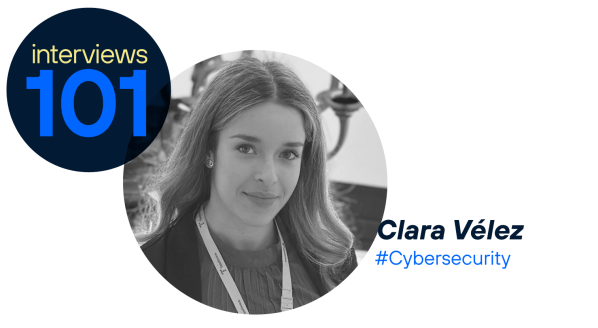In the physical world, what defines us is different: characteristics that encompass traits such as our personality and character, which are moulded over time thanks to the experiences we go through and which also have to do with external factors, such as our social, cultural and religious circumstances, among others.
Meanwhile, what defines us as a person in the digital space, the digital identity or identity 2.0, is what makes us unique and identifies us: all the data and information that we as users leave on the Internet.
What is digital identity?
A picture on the internet says more than a thousand words. The likes other users give us or the comments we make can give more information about ourselves than may seem. In reality, everything we do on the internet, from a search to shopping to signing a petition, makes up our digital identity.
And the more advanced internet services become, the more activities we carry out in the virtual environment, the increasingly larger our digital footprint, the trail we leave of all our online activity, becomes. And more difficult to control, too, because we even give out our data to a large number of websites to carry out different procedures.
That is why we should think as users about what we can do to preserve our identity 2.0, paying special attention to the protection of our data and, therefore, our privacy, as it also includes data from our physical life, such as our date of birth or behavioural aspects.
The importance of protecting identity 2.0
In this context, our ever-increasing connectivity has been a breeding ground for one of the greatest dangers of online activity: the interest of cybercriminals in using the 2.0 identities of others to carry out malicious acts, such as identity theft to carry out online fraud or illegitimately obtain data.
There are some everyday actions we can take to prevent data theft, including some initiatives that companies and developers of online security services themselves offer, such as dual authentication or the use of biometrics (fingerprints, facial or voice recognition, for example).
In addition, there are other simple guidelines that make it more difficult to facilitate this type of impersonation, such as avoiding the use of public Wi-Fi networks, downloading Apps or making online purchases on pages that are not official or secure, keeping operating systems and antivirus software up to date, as well as changing keys and passwords, preventing them from being very obvious.
Digital business identity
According to figures from the European Statistical Office (Eurostat), Spain is the European Union country with the highest number of identity theft victims, and for several years running. It is essential, therefore, to be aware of the great importance of having resources that guarantee a more secure digital experience for both users and companies.
More and more companies are increasing their security budget, a vital factor in managing digital identities, as well as prioritising compliance and providing a seamless customer experience and robust security solutions such as today’s two-factor mobile authentication or the increasingly used biometric recognition.
As reported by IDC Research Spain in its study ‘The digital identity of customers. Keys to managing their entire life cycle’, in 2021, 76% of companies in the Spanish financial sector were promoting the management of their digital identity and giving it high priority.
Because companies suffer from so-called corporate identity theft, which is the impersonation of a company by a cybercriminal, using the name of a well-known organisation in order to deceive potential customers and users of these firms, which can lead to an enormous reputational crisis for the victim.
The most common ways of doing this are through email and phishing campaigns to collect user data, unofficial websites that mimic the appearance of an official website, especially online shops, as well as fake social media profiles.
There is also concern among businesses about identity theft and the impact this has, especially in the financial sector. In the case of the financial sector, its digital maturity and concern for identity 2.0 is serving as a benchmark for other sectors.
Blockchain to protect digital identity on the Internet
The decentralisation of the blockchain allows, as Telefónica experts point out, the use of a distributed digital identity, and they are proposing this tool as a solution to allow a large part of the rights set out in the General Data Protection Regulation to be secured and under the control of the individual.
In this case, it is the user who makes the association between the “identifier” (which would be like an ID card) and his/her digital identity. It would also enable self-management, giving the individual the capacity and autonomy to do so. Through cryptographic keys to self-assign an identifier (similar to an ID card) and register their public key on the blockchain.
Precisely, article 5 of the UNE PNE 71307-1 standard establishes the relationship between the characteristic of a “self-managed identity” or “decentralised identity” with the idea that “the subjects linked to an identity control the administration of their own digital identities”.








